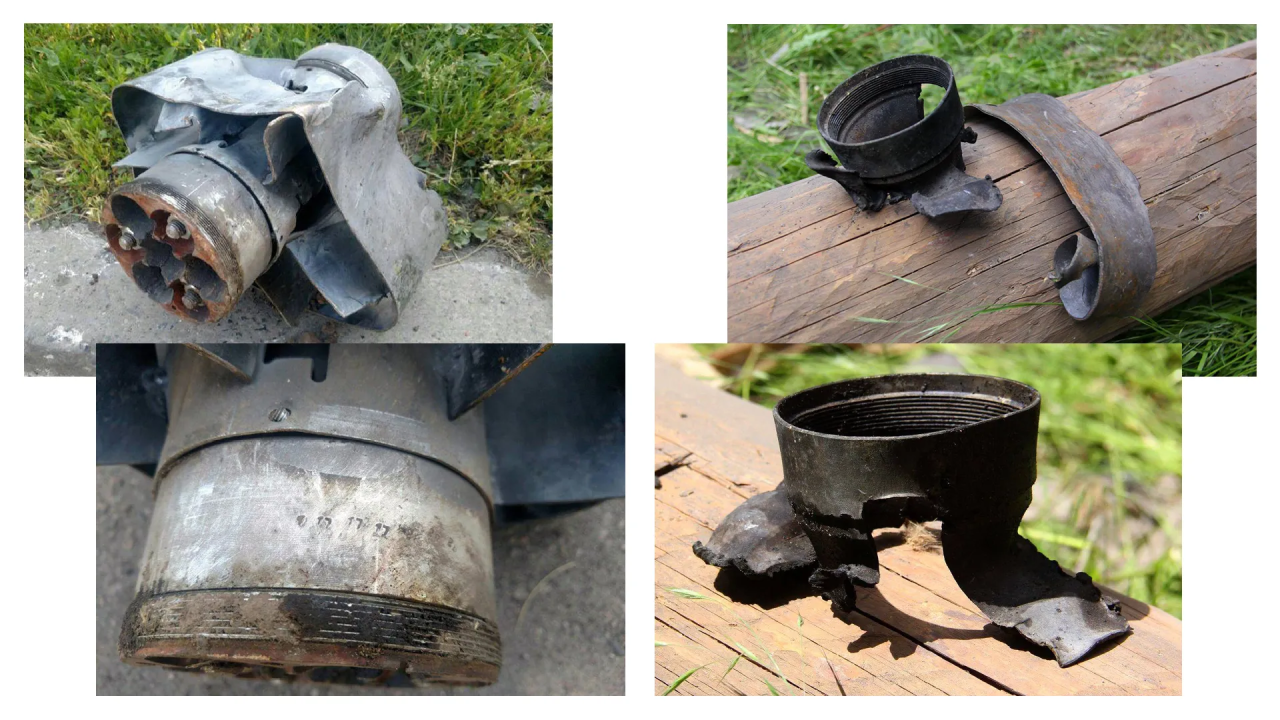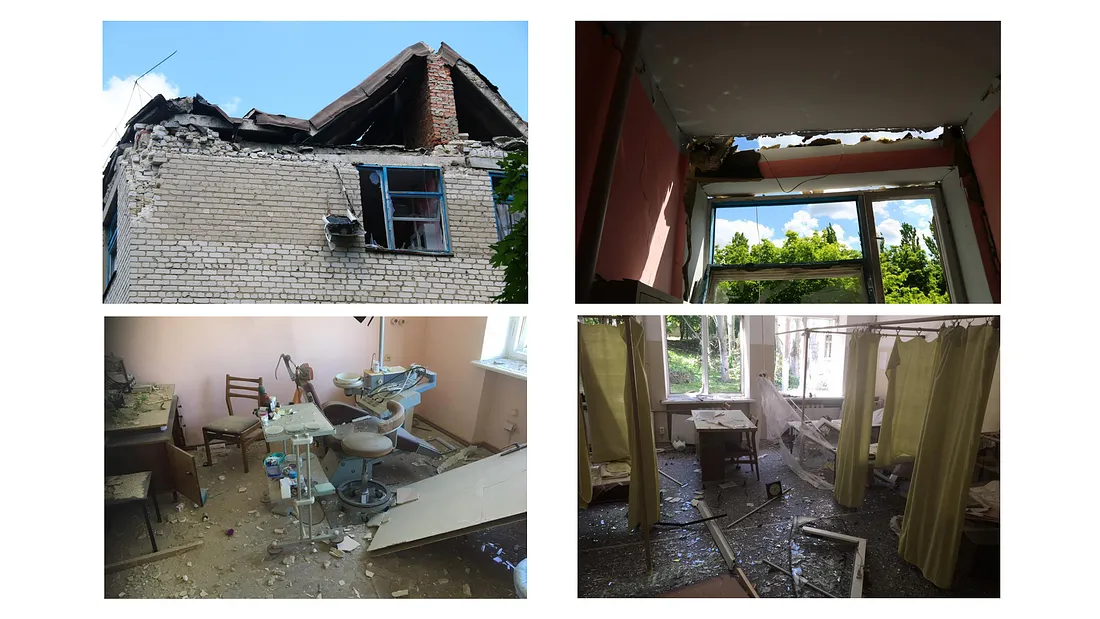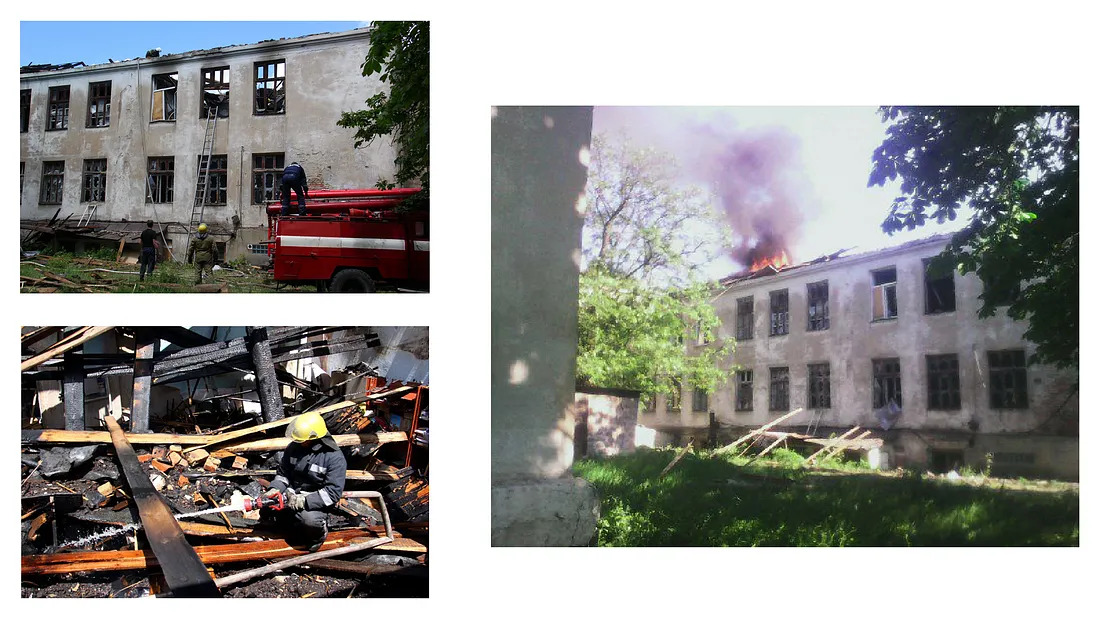Krasnohorivka Suffers Heavy Shelling Over Weekend, Again
Shelling on government-controlled city causes damage to hospital, two schools, and residential areas
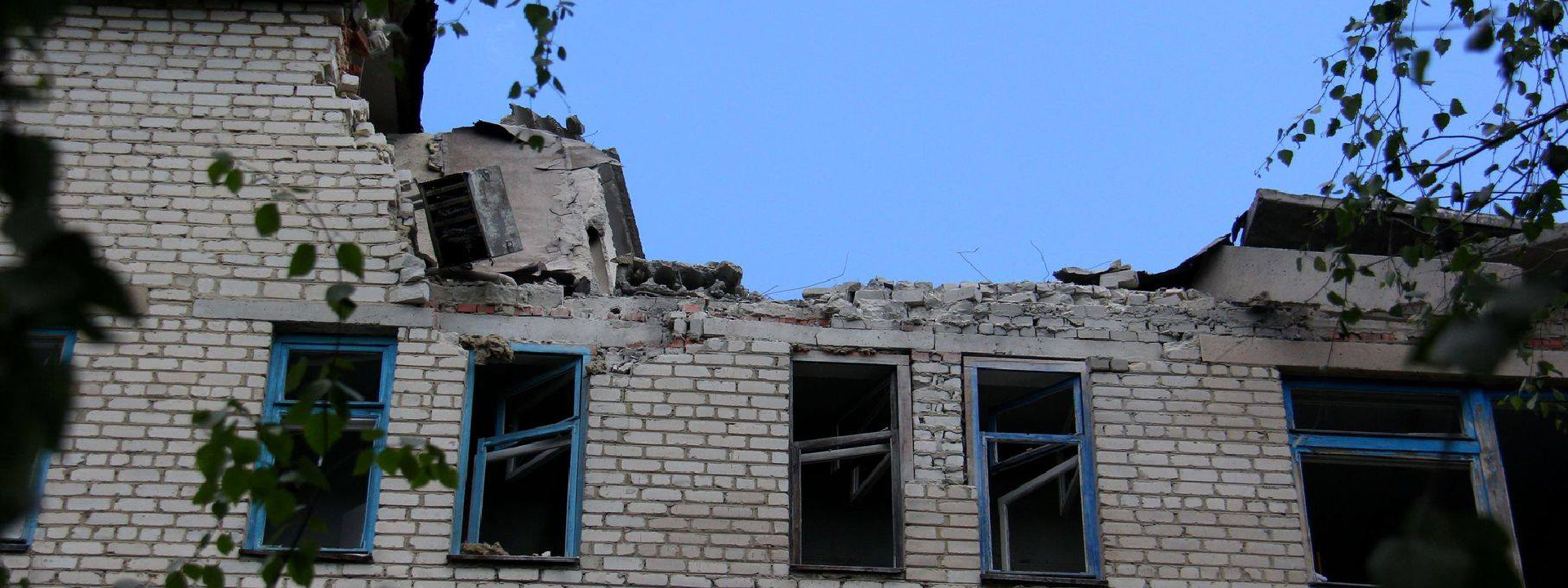
BANNER: Damage to the Krasnohorivka Hospital (ATO Press Center).
Over the weekend, government-controlled Krasnohorivka, Donetsk Oblast (west of Donetsk City) suffered extensive damage from dramatically increased attacks with heavy weapons banned under the Minsk Agreement. The Ukrainian Ministry of Defense, Ukrainian media, and local social media users reported shelling and fire damage to a hospital, two schools, and numerous residential buildings, along with disrupted water and sewage services for over 2,000 persons.
The damage in the area was assessed by the Organization for Security and Co-operation in Europe (OSCE) Special Monitoring Mission (SMM) to Ukraine and the Ukrainian Armed Forces (UAF), to be caused by Minsk-proscribed 152mm artillery, multiple launch rocket system (MLRS) Grad 122mm artillery, 120mm mortars, and 82mm mortars from an east-south-easterly direction on May 25–28. Put simply, heavy weapons were fired into a residential area from the direction of non-government-controlled territory.
Official numbers tallied at least eight civilian injuries.
This three-day incident included unusually high amounts of Minsk-proscribed heavy weapons, part of a growing trend along the frontline.
MLRS Grad 122mm artillery systems are notoriously imprecise, causing massive amounts of damage across an area rather than a targeted point. 152mm artillery is also indiscriminate and extremely destructive, with large shells that create massive craters, as can be seen in the images below.

The Krasnohorivka Hospital on Nakhimova Vulitsya was severely damaged by shelling on May 25 and May 28. The Ukrainian Defense Ministry’s Anti-Terrorist Operation (ATO) reported the neurology and emergency wings suffered the most damage, with local videos showing extensive damage to the various facilities and grounds.
A shell hit the roof of School №2 on 15 Tsentralna Vulitsya causing a destructive fire on May 28. The school held its graduation ceremony only two days earlier.
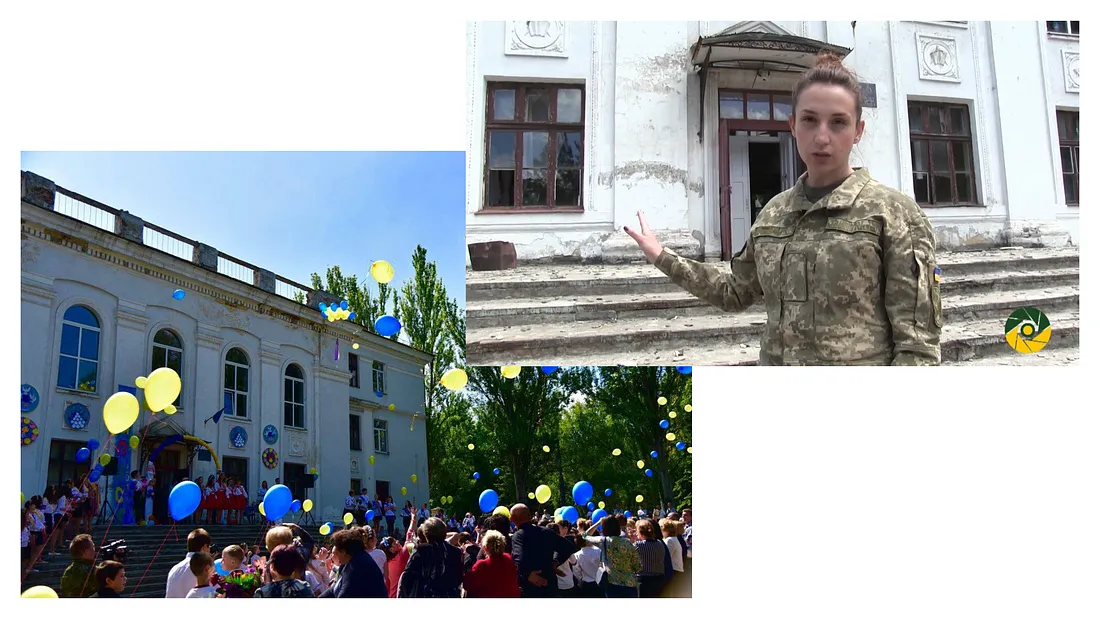
Additionally, the OSCE SMM observed two 122mm artillery craters that narrowly missed School №3, also assessed to be from an east-south-easterly direction on May 25.
Reports from a multitude of sources identify damage to numerous residential buildings throughout the town. The National Police of Ukraine announced twenty-nine buildings were damaged, while the head of National Police in Donetsk Oblast Vyacheslav Abroskin stated at least forty private houses were damaged or destroyed by shelling as of May 28.
A projectile hit an apartment building at 4 Tolstoho Vulitsya damaging or completely destroying at least a dozen apartments after the shell hit a unit on the fourth floor, affecting surrounding units from floors three through five.
Krasnohorivka has been victim to indiscriminate shelling in the past. As @DFRLab previously reported, there were seven residential buildings damaged just last month.
As in most cases of shelling residential areas in eastern Ukraine, the militants are likely targeting military positions rather than civilians themselves. Given the range of the types of weapons used and the OSCE SMM assessment of “east-south-easterly” direction, it is also likely that the incoming fire originated from non-government-controlled Staromykhailivka and the Petrovskyi and Kirovskyi eastern districts of non-government-controlled Donetsk city. It is worth noting that Petrovskyi and Kirovskyi districts are also in firing range of Avdiivka, another known hotspot with frequent incidents involving Minsk-proscribed heavy weapons shelling.
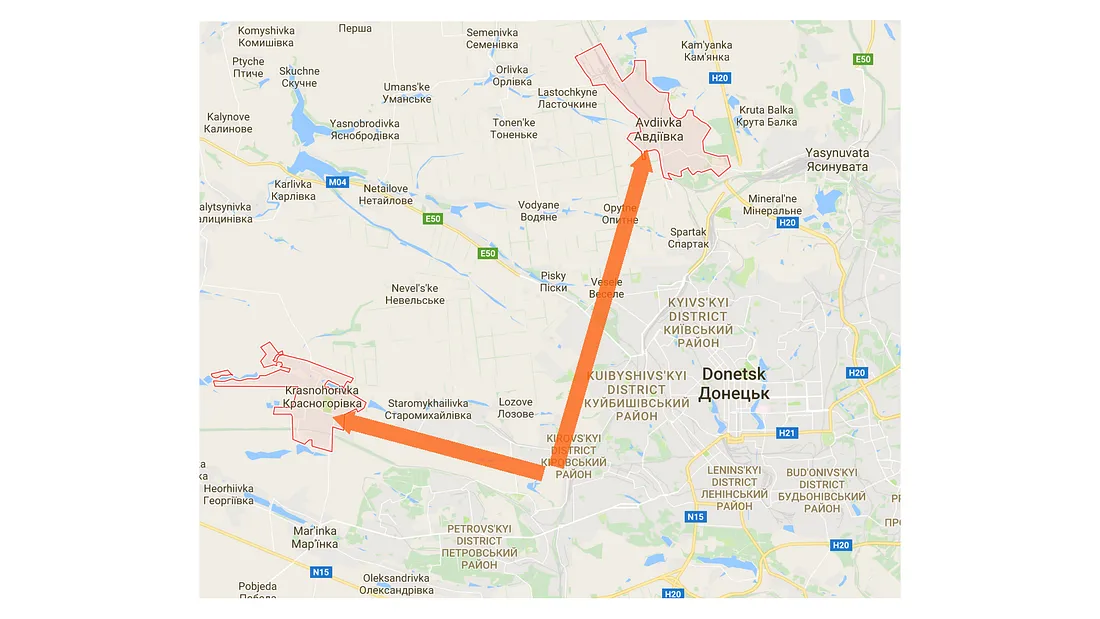
While it may seem miraculous that no civilians were killed and only eight civilians were injured in this three-day incident, this is an outcome of most able civilians having already left towns nearest the frontlines. The exodus contributes to the growing population of internally displaced persons (IDPs) in Ukraine. However, the most vulnerable populations — impoverished persons and pensioners — have remained in harm’s way.

